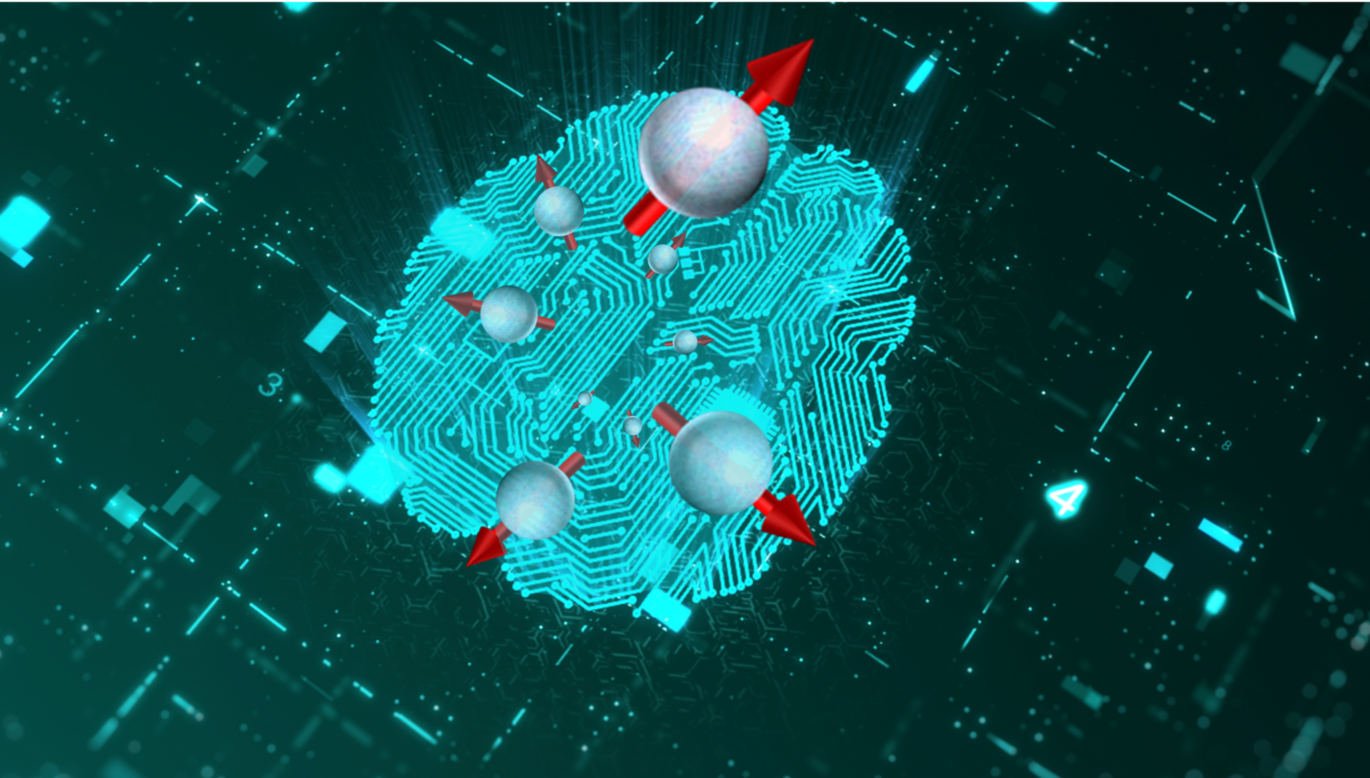Work commences to develop the world's smallest brain-inspired computer
The energy consumption of the device will be so small that it can harvest its energy itself, directly from its surroundings. The project has received funding from the Villum Experiment programme.

Artificial intelligence (AI) has seen explosive growth in recent years, but despite major progress, the power required to run AI algorithms continues to increase.
In stark contrast to this, the human brain only requires around 20W to perform more than 10 quadrillions (10,000,000,000,000,000) operations. This is 12 orders of magnitude better than modern supercomputer technologies.
"That's why we’re conducting intensive research into developing new hardware that mimics the structure of the human brain, with neurons, synapses and neural networks, known as brain-inspired computing (BICs). But even though we’ve managed to drastically reduce the energy consumption of AI algorithms, there’s still a long way to go before BICs are as efficient as the human brain when it comes to size and energy efficiency," says Hooman Farkhani, an assistant professor at the Department of Electrical and Computer Engineering at Aarhus University.
He has just received a grant of DKK 1.9 million from the Villum Experiment programme for a new project looking into the development of a nano-sized BIC system.
"If we succeed, we’ll have the first BIC system that is no larger than a grain of dust and with energy consumption that is so small that energy can be harvested directly from the surrounding environment. In other words, no power supply will be needed, and this will pave the way for a range of new, previously impossible AI applications," says Hooman Farkhani.
The project goes by the name of Spin-Grain, and is one out of 51 projects that have just received grants totalling approx. DKK 99 million from the Villum Experiment programme under the Villum Foundation.
The programme donates money for "bold research experiments" and pays tribute to Villum Kann Rasmussen, the founder of the Villum Foundation, and his tireless experimental approach to life.
The researchers behind the 51 experiments range from PhD students to professors and represent a wide range of different nationalities. In addition to Aarhus University, grants have been awarded to Aalborg University, the University of Copenhagen, the Technical University of Denmark, the University of Southern Denmark, the IT University, Roskilde University and GEUS.
Go to the foundation’s website to read more.
Contact
Assistant Professor Hooman Farkhani
Mail: farkhani@ece.au.dk
Tel.: +45 50361206
